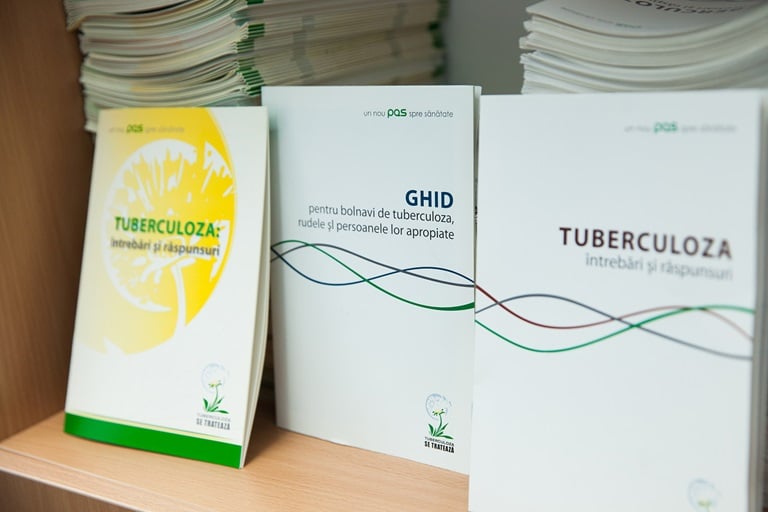Risk assessment for winter in Ukraine, December 2022

Overview
Ukraine’s cold weather season can be experienced for up to a six-month period. The coldest months are December to March, where temperatures can drop as low as –20 °C and climb as high as +13 °C. The cold temperatures experienced during the 2022– 2023 winter will be no different in severity than those in previous years, but this winter will be particularly challenging. In the context of escalating war, large numbers of people who have been displaced and population movements, damaged infrastructure, social and economic factors, disrupted health systems and lack of access to essential services, this winter can result in an increased risk of excess cold-related morbidity and mortality.
This risk assessment focuses on winter as a hazard, its potential impacts and actions that could be taken to reduce risk to the people in the Ukraine, those on the move and for health service delivery.









